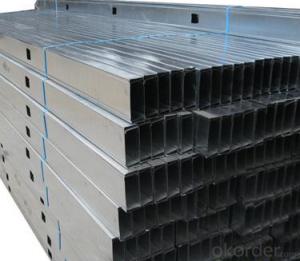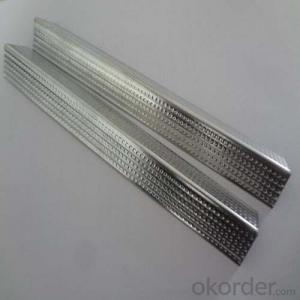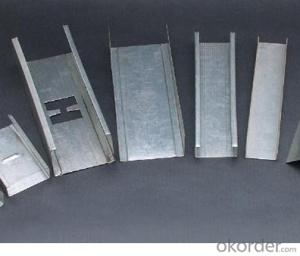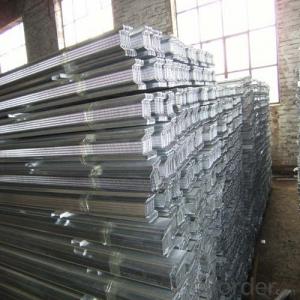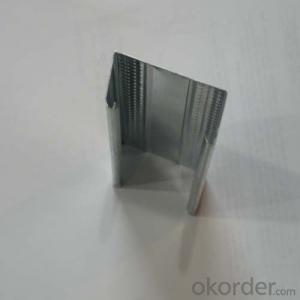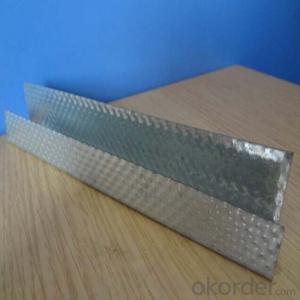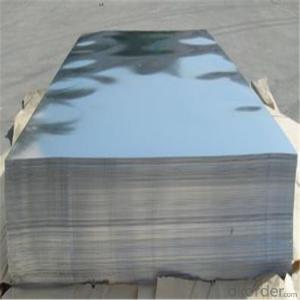22 Gauge Sheet Metal 4X8
22 Gauge Sheet Metal 4X8 Related Searches
Cut Off Wheels For Metal Grinding Wheels For Metal Track Lighting For Walls Track Lighting With Plug Metal Stainless Steel Stainless Steel Nose Stud Industrial Led Track Lighting 24 Gauge Galvanized Sheet Metal 28 Gauge Galvanized Sheet Metal 4X8 Galvanized Sheet MetalHot Searches
Used Metal Folding Chairs For Sale Large Metal Containers For Sale Metal Shop Cabinets For Sale Metal Shipping Crates For Sale Galvanized Steel Scrap Price Fiber Sheet Price In India Galvanized Steel Prices Plastic Fiber Sheet Price Upvc Roofing Sheet Manufacturer In India China Geomembrane Roll Sheet Lasani Wood Sheet Price Rhino Roofing Sheet Price List Tinplate Sheet Price Mdf Price Per Sheet 4Mm Mdf Sheet 1220X2440Mm Price Grp Sheet Price Aluminum Sheet Stock Sizes Cost Of 4X8 Sheet Of Plywood Cost Of Drywall Per Sheet Buy Sheet Plastic22 Gauge Sheet Metal 4X8 Supplier & Manufacturer from China
Okorder.com is a professional 22 Gauge Sheet Metal 4X8 supplier & manufacturer, offers integrated one-stop services including real-time quoting and online cargo tracking. We are funded by CNBM Group, a Fortune 500 enterprise and the largest 22 Gauge Sheet Metal 4X8 firm in China.Hot Products
FAQ
- Stainless steel sheets are commonly used in various industries and applications, including construction, automotive, aerospace, food processing, and medical equipment manufacturing. They are primarily utilized for their exceptional resistance to corrosion, durability, and aesthetic appeal. Stainless steel sheets are employed in the production of architectural components, kitchen appliances, storage tanks, machinery parts, and decorative items, among others.
- The tensile strength of stainless steel sheets can vary depending on the specific grade and thickness of the material. Generally, stainless steel sheets exhibit a higher tensile strength in comparison to other materials. For instance, stainless steel sheets like the commonly used 304 and 316 grades typically possess tensile strengths ranging from 515 to 690 megapascals (MPa) or 74,800 to 100,000 pounds per square inch (psi). However, it is crucial to note that the tensile strength values may differ for various grades and thicknesses of stainless steel sheets. It is always advisable to seek precise information regarding the tensile strength of specific stainless steel sheets from the manufacturer or supplier.
- Using textured stainless steel sheets in decorative lighting fixtures offers several benefits. Firstly, the textured surface adds visual interest and enhances the overall aesthetic appeal of the fixture. The texture can create unique patterns and reflections, adding depth and dimension to the lighting design. Additionally, stainless steel is a durable material that is resistant to corrosion and staining, ensuring the longevity and durability of the fixture. This makes it a reliable choice for decorative lighting fixtures that are exposed to different environmental conditions. Moreover, stainless steel is easy to clean and maintain, requiring minimal effort for upkeep. Overall, the use of textured stainless steel sheets in decorative lighting fixtures combines both functional and aesthetic advantages, making it an ideal choice for designers and homeowners alike.
- There are various methods available for attaching stainless steel sheets to a wall. Consider the following options: 1. Utilize adhesive: Apply a specialized construction adhesive for metal bonding onto the rear surface of the stainless steel sheet. Press the sheet firmly against the wall and maintain pressure until the adhesive cures. This technique suits smaller and lighter stainless steel sheets. 2. Implement screw fasteners: Drill holes through both the stainless steel sheet and the wall at regular intervals. Use stainless steel screws suitable for the sheet thickness and wall material. Insert the screws into the holes and tighten them until the sheet is securely affixed to the wall. This method is effective for larger and heavier stainless steel sheets. 3. Opt for magnetic mounting: If the stainless steel sheet possesses magnetic properties, you can employ magnets to attach it to a metal wall. Place strong magnets on the back of the sheet, aligning them with magnets on the wall. The magnets will hold the sheet in position, allowing for easy installation and removal. 4. Consider panel mounting systems: Some manufacturers offer specialized panel mounting systems specifically designed for stainless steel sheets. These systems typically consist of brackets or clips that attach to the back of the sheet and then hook onto a track or rail system mounted on the wall. This method ensures a secure and visually pleasing attachment solution. When attaching stainless steel sheets to a wall, it is crucial to ensure that the wall surface is clean, dry, and properly prepared. This will optimize adhesion and prevent potential issues. Additionally, always adhere to the manufacturer's instructions and guidelines for the specific method or product being employed.
- Yes, stainless steel sheets can be used for chimney liners. Stainless steel is a durable and corrosion-resistant material that can withstand high temperatures and the corrosive byproducts of combustion, making it an excellent choice for chimney liners.
- The costs of stainless steel sheets can vary depending on several factors such as the grade, thickness, size, and finish of the sheets. Generally, stainless steel sheets tend to be more expensive than other materials like aluminum or mild steel. This is primarily due to the higher production costs and the unique properties of stainless steel. Stainless steel is known for its corrosion resistance, durability, and aesthetic appeal, which makes it a popular choice in various industries such as construction, automotive, and manufacturing. However, these desirable qualities come at a higher price point. Compared to aluminum sheets, stainless steel sheets are typically more expensive. Aluminum is a lightweight material with good corrosion resistance, but it is not as strong or durable as stainless steel. Therefore, stainless steel is often preferred in applications where strength and longevity are crucial. When compared to mild steel, stainless steel sheets are also more costly. Mild steel is a commonly used material due to its affordability, but it lacks the corrosion resistance and aesthetic appeal of stainless steel. Stainless steel is often chosen over mild steel in applications where exposure to moisture, chemicals, or harsh environments is a concern. It is important to consider the specific requirements of the project when evaluating the costs of stainless steel sheets compared to other materials. While stainless steel may have a higher upfront cost, its long-term benefits, such as reduced maintenance and replacement costs, can often outweigh the initial investment. Additionally, the unique properties of stainless steel may make it the only viable choice for certain applications, further justifying its higher cost.
- Inspection method for stainless steel welding
- The position of the welding is measured by hand, beat, shake, push and push. The sensing effect of the component is tested. The welding should be firm and reliable, and the strength of each component is required to meet the requirements of the strength of each component. Not false welding, weld and weld loose crack,


